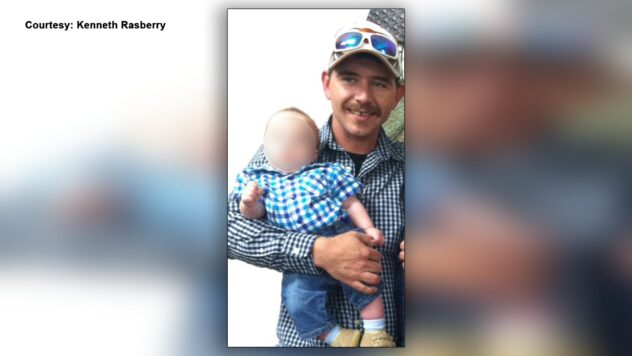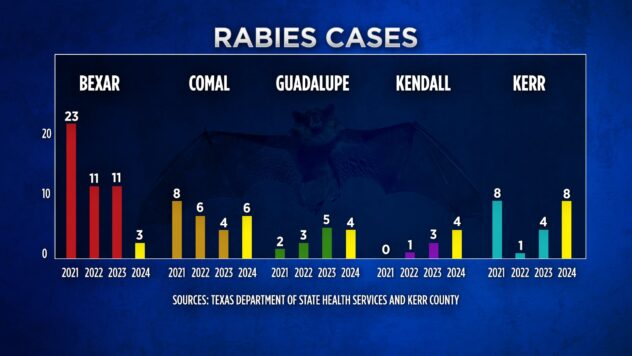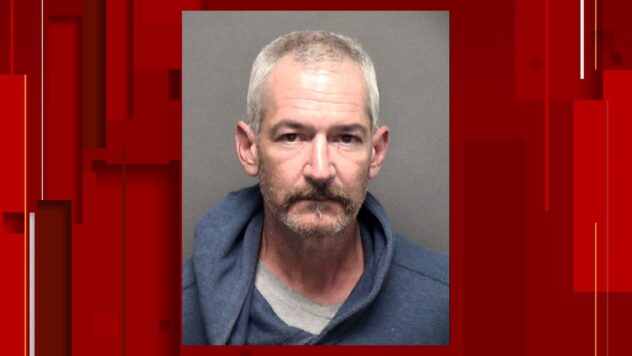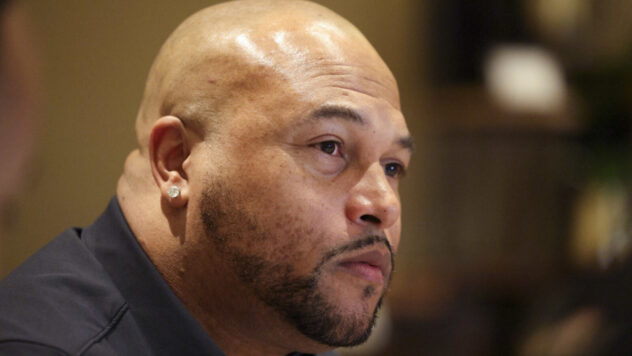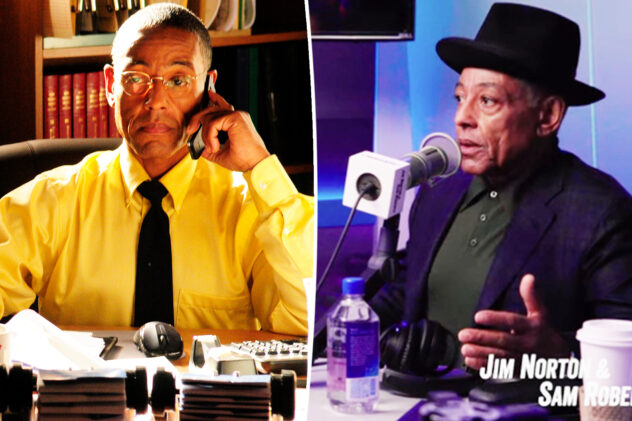Fulshear teenager takes down nearly 400-pound feral hog terrorizing Texas ranch
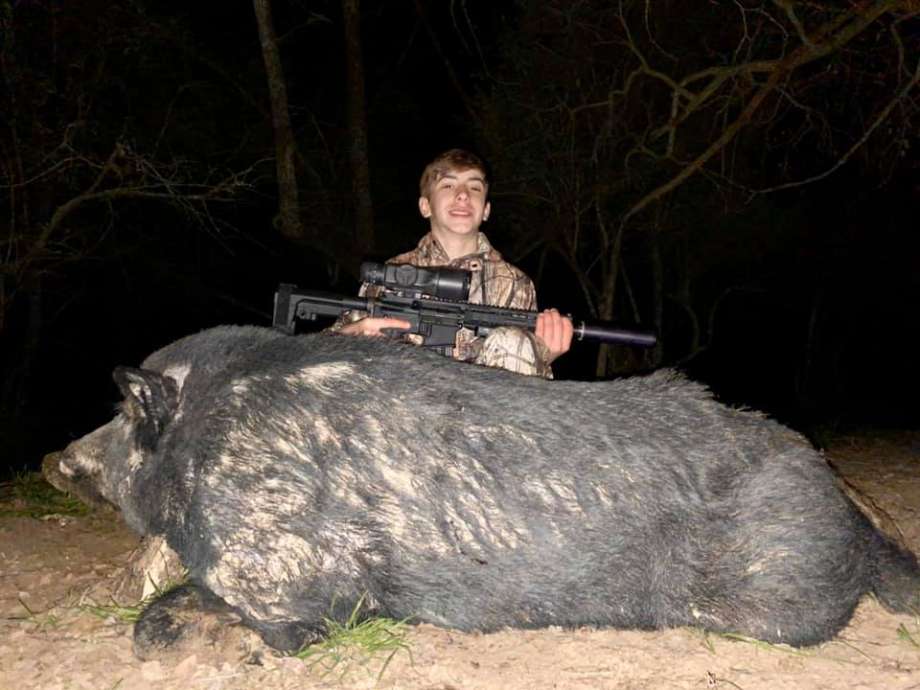
-
On a recent hunting trip with his dad, Fulshear teenager Scout Neece took down this nearly 400-pound feral hog.
On a recent hunting trip with his dad, Fulshear teenager Scout Neece took down this nearly 400-pound feral hog.
Photo: Courtesy Steve Neece
On a recent hunting trip with his dad, Fulshear teenager Scout Neece took down this nearly 400-pound feral hog.
On a recent hunting trip with his dad, Fulshear teenager Scout Neece took down this nearly 400-pound feral hog.
Photo: Courtesy Steve Neece
For feral hog trapping expert Steve Neece of Fulshear, killing feral hogs on Texas ranches is just like killing a cockroach in your kitchen.
“That’s the way Texans should think about feral hogs,” Neece, 40, said. “It’s a non-native, very invasive species. The numbers are staggering about what kind of damage they are causing landowners…and they are spreading toward the urban and metro areas.”
Neece’s primary job is in insurance, but he works a side-hustle running a hunting business called Dirt Nap Outfitters with a few friends. On weekends and some weeknights, the trio heads out to Central Texas counties to hunt feral hogs that they say are wreaking havoc on Texas farmers’ lands.
Neece said some farmers have told him the hogs are costing them anywhere from $5,000 to $25,000 a month in property damage and stolen cattle feed. According to the Texas A&M Natural Resources, feral hogs cause an estimated $52 million in agricultural damages every year in Texas.
On Express-News.com: Scared residents in Woodlands plead for help with feral hog invasion
With permission from the landowner, people can hunt hogs on private property without a license thanks to a new state law, according to the Texas Parks and Wildlife Department (TPWD). In a TPWD guide, feral hogs are considered unprotected, exotic, non-game animals and “may be taken by any means or methods at any time of year.” TPWD estimates there are currently 1.5 million feral hogs in Texas.
On a recent trip to a ranch in Columbus, Neece said he just happened to bring his 13-year-old son, Scout, along for the ride. The pair encountered one of the biggest feral hogs Neece had seen in his 15 years of hunting: a nearly 400-pound pig. With a quick, clean shot, Neece said Scout took down the massive beast, answering the ranch owner’s prayers.
PLAGUE OF PIGS: Pasadena on mission to remove feral hogs
“I told him ‘You will probably not see another feral hog that size, it’s one in several thousand,'” Neece said. “The ones that are that size are really smart and hard to find. It was a kind of a proud dad moment for me.”
Over the last decade of hunting hogs, (Neece prefers the word “eradicating” to hunting) he said he has seen reports of hogs in surrounding Fort Bend area counties increase significantly, especially when it comes to their size and aggressive nature. He credits the specialized agricultural feed ranchers are giving their cattle for the noticeable increase in their size.
“These hogs get in this cattle feed and just overrun the cattle,” Neece said of a recent ranch he visited. “I think that’s why they are growing at this larger rate that no one has ever seen before.”
Neece said a massive hog like the one Scout shot is not suitable for human consumption, but he does donate the other ones to food donation stations. He usually has large haul, considering his team aims to shoot more than half of a pack every time they come across one.
“You have to eradicate 70 percent [of a sounder of feral hogs] just to keep up with the level that they reproduce,” Neece said.
He and his business partners usually hunt at night with thermal scopes since the hogs are nocturnal. The ranchers he works with install cameras on their property that deliver a live-feed to Neece’s phone so he knows when to head out and start hunting.
While Neece said 90 percent of his side-hustle is a pest control service, they also offer guided hunting tours. His company’s Youtube channel posts videos of their outings, with some earning nearly half a million views.
Neece said as the pigs start to make their way into more urban areas, he advises residents that may come across the animals to seek professional help.
“Find a wildlife nuisance control company,” he said. “There used to maybe be a dozen of us, now there are hundreds of people that do this.”
Rebecca Hennes covers community news. Read her on our breaking news site, Chron.com, and on our subscriber site, houstonchronicle.com. | [email protected]

